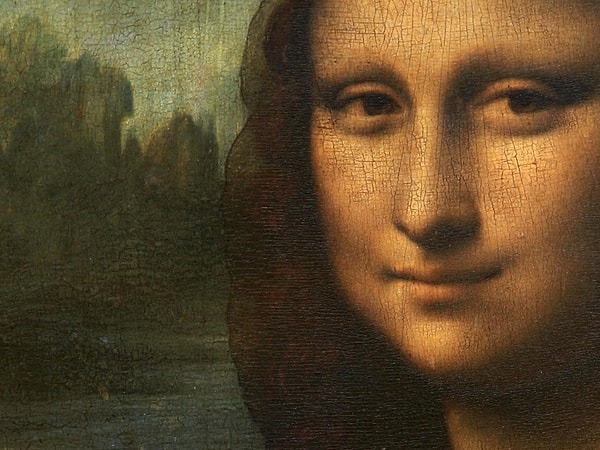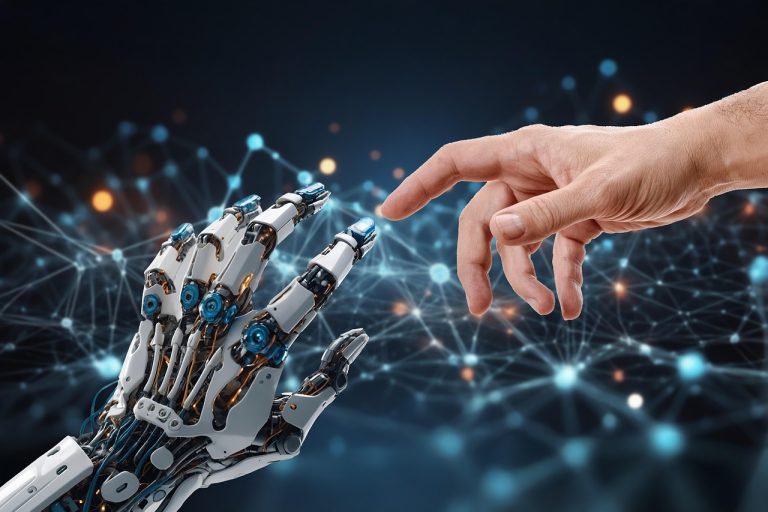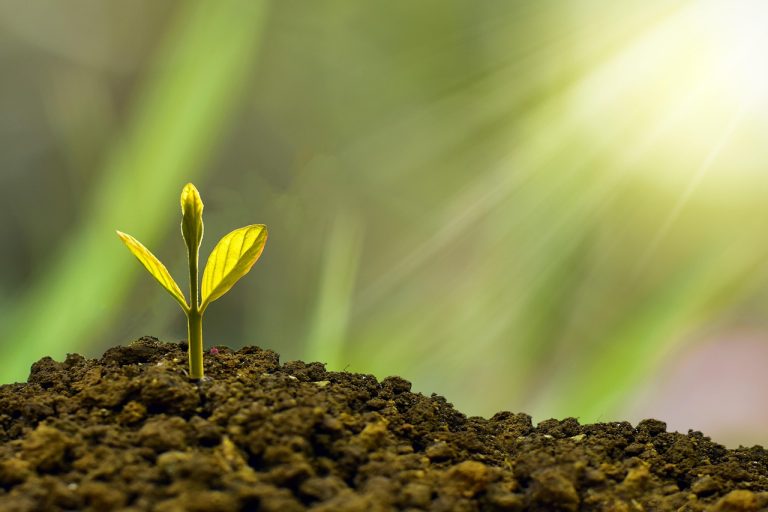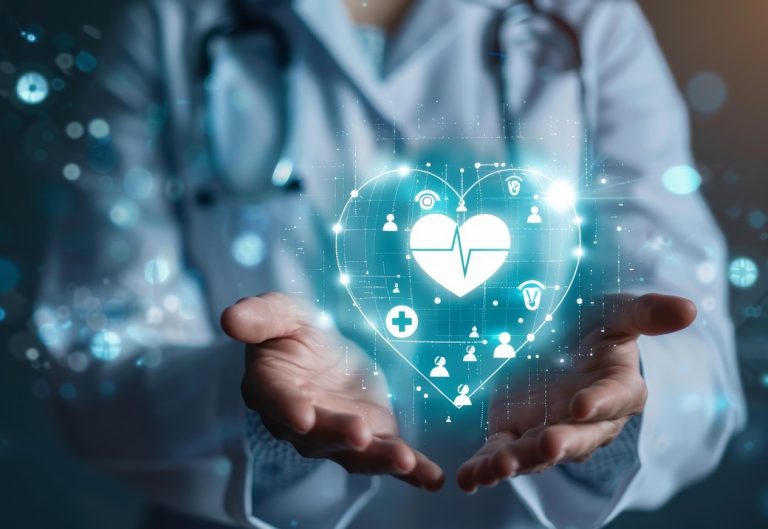A Philosophical and Scientific Inquiry into the Future of Machine-Made Art
What makes a person creative? Is it imagination? Trauma? Childhood memories? A defiance of structure?
From cave paintings to symphonies, human creativity has always been rooted in consciousness, emotion, and experience. But now, machines are composing music, painting portraits, writing poetry—and even winning art contests.
So the question isn’t whether AI can be creative.
It’s: What kind of creativity are we talking about—and can it ever rival the human kind?
What Fuels Human Creativity?
Modern neuroscience and psychology identify several key factors:
- Divergent Thinking – The ability to connect unrelated ideas.
- Emotional Depth – Experiences of love, loss, identity.
- Cultural Context – Knowledge of symbolic meaning, historical references.
- Self-awareness – Understanding one’s position in the world.
- Purpose or Intent – Expression of belief, protest, desire.
A 2019 study published in Frontiers in Psychology found that childhood adversity and cultural dissonance were significant predictors of adult creative output. Creativity is not just output—it’s often an act of survival.
Can AI Simulate That?
To some extent—yes.
Generative models like DALL·E 3, Midjourney, and MusicLM can now produce photorealistic paintings, experimental music, and lyrical poetry. In 2022, a Colorado State Fair art competition was controversially won by a piece generated by AI software Midjourney, beating human artists.
AI creativity today is based on:
- Style transfer algorithms (e.g., Van Gogh-like filters)
- GANs (Generative Adversarial Networks) to invent novel visuals
- Large language models trained on literary corpora
- Reinforcement learning to mimic aesthetic preferences
However, AI lacks:
- Autobiographical memory
- True emotional states
- Existential perspective
- Social accountability
AI can simulate the form, but not the origin of human creativity—yet.
What Makes an Artist… an Artist?
A “real” artist is more than a producer of beautiful things. According to Arthur Danto and other art theorists:
“Art becomes art not when it’s made—but when it means something.”
True artistic creation often involves:
- Intention and message
- Personal risk
- Cultural disruption
- Historical dialogue
- A traceable human narrative
In short, an artist suffers, reflects, and transforms—while AI recombines. That is the current difference.
What Defines a “Work of Art”?
Philosopher George Dickie’s Institutional Theory of Art argues that an artwork is something presented to the art world with the intention of being art. By this view, AI creations can qualify—as long as they’re framed and received that way.
But can AI originate meaning without human intervention? Not yet.
Still, many experts believe this line will blur.
Is AI Already a Part of the Art World?
Yes—and growing fast.
- AI-generated art has been auctioned at Christie’s (Edmond de Belamy sold for $432,500 in 2018).
- Pop artists like Grimes use AI tools to co-compose music.
- AI choreographers are used in dance.
- Museums like MoMA use AI to generate new curatorial narratives.
- Instagram poetry bots like @poem.exe have amassed large followings.
In 2023, Forbes ranked “AI Art” as one of the fastest-rising creative markets.
What About the Distant Future? (Think: 2200)
By the year 2200, we may witness:
- Conscious synthetic artists with autobiographical memory
- Emotionally simulated minds that develop aesthetic identities
- Interdisciplinary hybrids—AI systems that merge poetry, math, and architecture into new artforms
- Neural feedback loops between humans and AI, where emotions guide real-time co-creation
- Autonomous curators with the power to critique and evolve art history itself
In this future, the question may no longer be “Can AI be more creative?”
But rather:
“Can humans remain the most meaningful creators in a world of machine-made beauty?”
Final Reflection
AI is not yet a rival to human creativity.
But it is a mirror, a tool, and perhaps soon—a collaborator.
If we train it not just to mimic our genius, but to reflect our struggles, stories, and questions,
then maybe the most powerful art of the future will be one that neither human nor machine could create alone.



